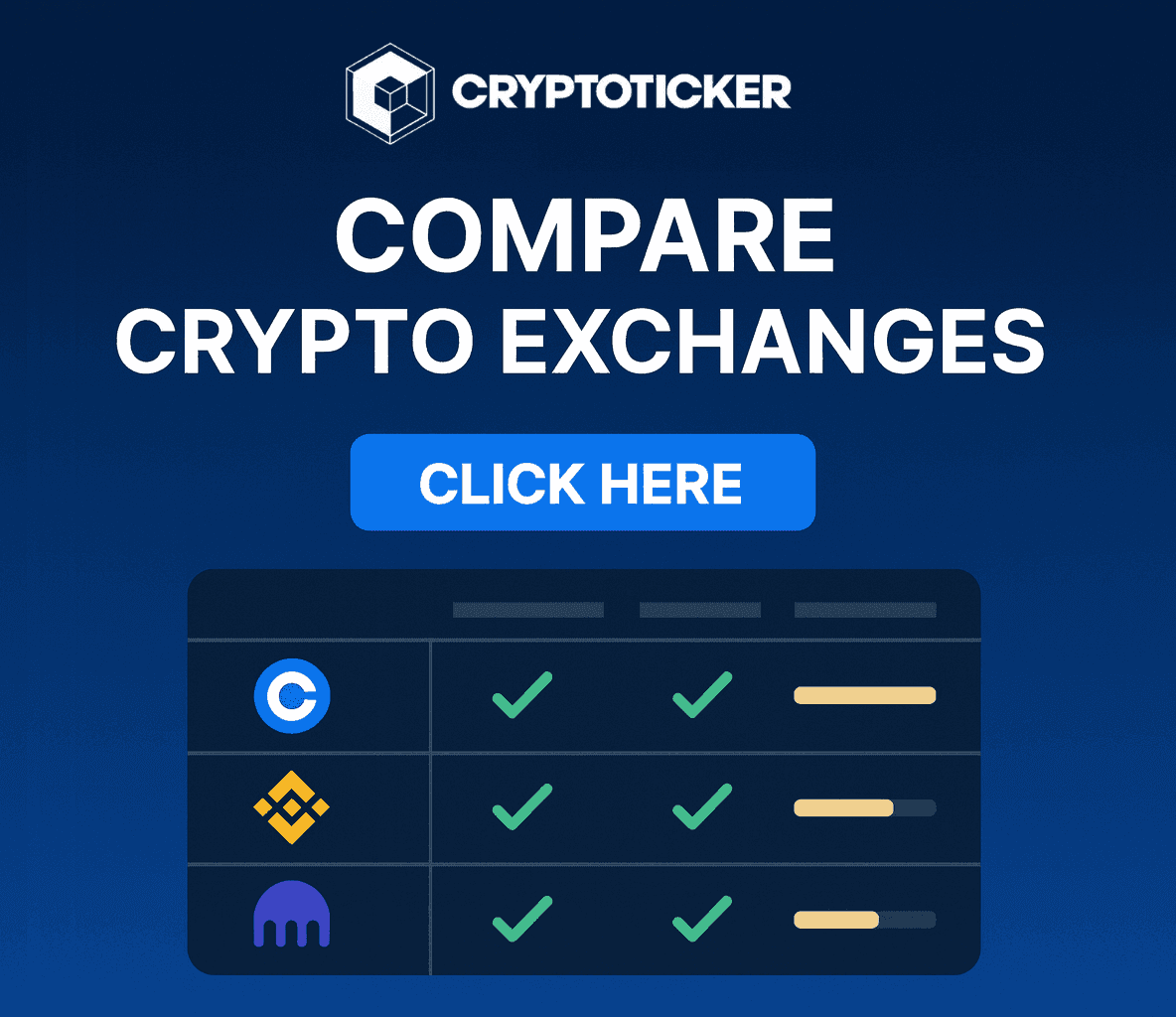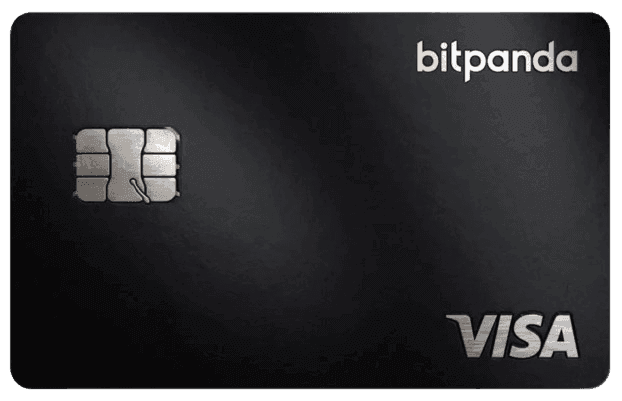Visa Now Lets You Get Paid in Stablecoins
In a new pilot, the payments giant now lets creators, freelancers, and gig workers receive payouts directly in USDC stablecoins.
Visa just took a major leap toward the future of digital money. The global payments giant has launched a new pilot program that lets businesses send payouts directly in stablecoins, starting with Circle’s USDC. This means creators, freelancers, and gig workers can now receive their payments almost instantly — across borders, without relying on traditional banks.
What’s Changing for Creators and Freelancers?
The new pilot, part of Visa Direct, allows U.S.-based businesses to send payouts in regular fiat currency while giving recipients the choice to receive funds in USDC. For freelancers and digital creators working internationally, this removes the waiting time and banking barriers that often delay payments. With just a compatible stablecoin wallet and proper KYC verification, anyone can get paid in minutes, not days.

Chris Newkirk, Visa’s President of Commercial and Money Movement Solutions, summed it up perfectly: the goal is universal access to money — anytime, anywhere. For gig workers in countries with unstable currencies, this could be a lifeline.
How This Builds on Visa’s Earlier Stablecoin Work
This pilot expands on Visa’s September initiative that let companies pre-fund payouts with stablecoins instead of fiat. Back then, it was all about improving back-end efficiency. Now, the focus shifts to the end user — putting digital dollars directly in their hands.
Visa’s approach keeps compliance front and center. Recipients must use approved wallets and meet Visa’s KYC/AML standards, ensuring the program stays secure and aligned with regulations. The company plans a wider rollout in 2026 as regulatory clarity improves and client demand grows.
Why Stablecoins Matter to Visa’s Global Strategy
Visa’s commitment to stablecoins isn’t new — but it’s accelerating fast. Since 2020, Visa has processed over $140 billion in crypto and stablecoin-related flows. The company now supports 130 stablecoin-linked card programs across 40+ countries. Spending through these programs has quadrupled in the past year, reaching a $2.5 billion annualized run rate.
This shift gained momentum after the U.S. GENIUS Act established clear rules for stablecoins, opening doors for mainstream financial adoption. Visa has also partnered with companies like Stripe-owned Bridge and Yellow Card in Africa, testing everything from stablecoin-linked cards to treasury management tools.
What This Means for the Future
For Visa, stablecoins aren’t just another product line — they’re becoming a cornerstone of its next-generation financial infrastructure. The company is exploring settlement, bank integration, and card-based solutions tied to stablecoins.
When asked if Visa might issue its own stablecoin, the company didn’t rule it out. But for now, its focus remains on scaling existing ecosystems like USDC.
If this pilot succeeds, Visa could permanently change how money moves across borders — making instant global payments a reality for millions of digital workers worldwide.

Prasanna Peshkar
Prasanna Peshkar is a seasoned writer and analyst specializing in cryptocurrency and blockchain technology. With a focus on delivering insightful commentary and analysis, Prasanna serves as a writer and analyst at CryptoTicker, assisting readers in navigating the complexities of the cryptocurrency market.
























































